Different Types of Respiratory Health Monitors | CMI Health
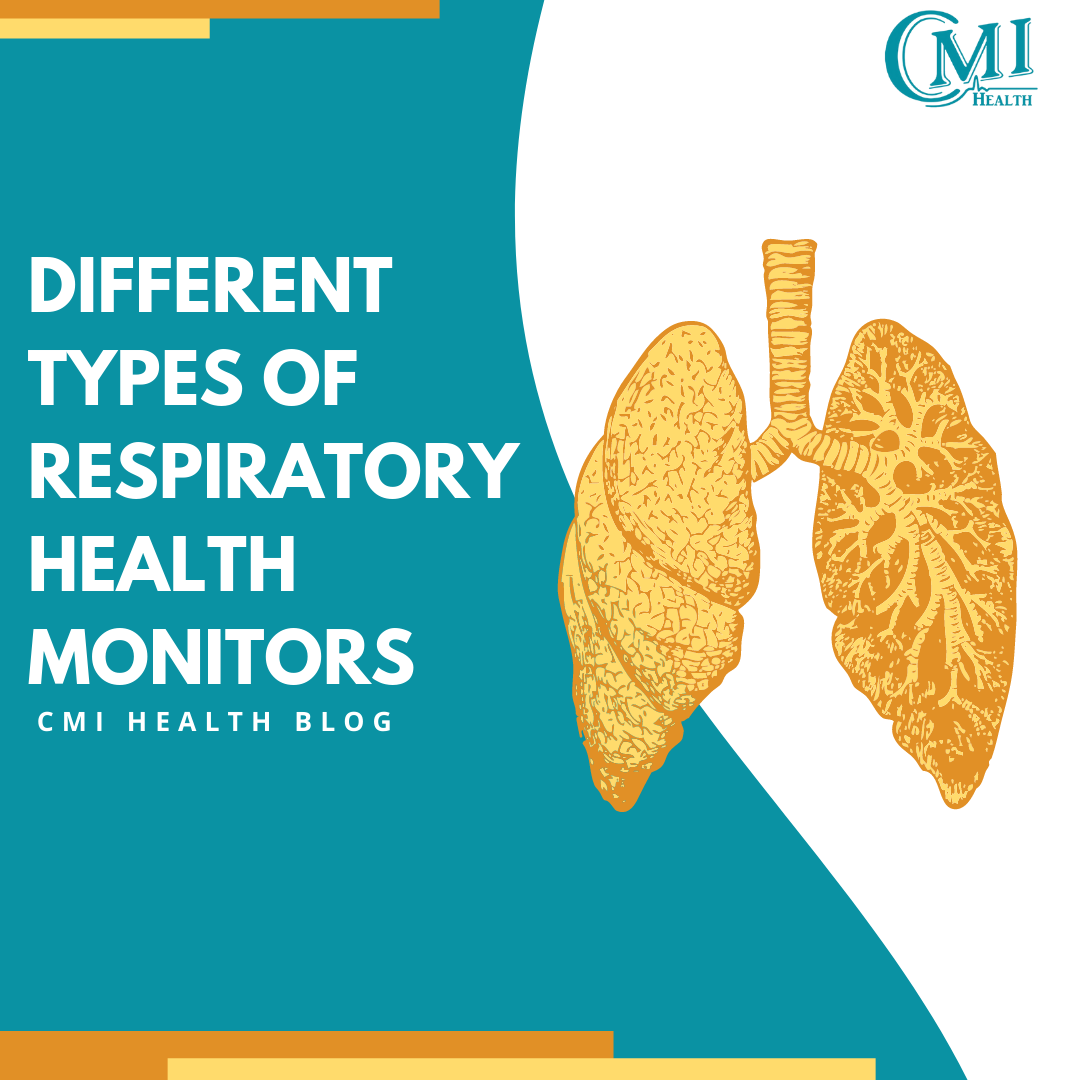
Different Types of Respiratory Health Monitors
For those diagnosed with lung disease or who simply wish to track and manage their daily lung health, there are a variety of respiratory devices available for at-home or clinical use. Knowing which device is best suited for your individual needs makes a difference in how you approach daily, at-home monitoring.
First, knowing which aspects of lung performance you wish to monitor, and how you want to keep track of your data, is necessary when choosing your device. Below is a list of different respiratory monitoring devices and the lung health data they provide users with:
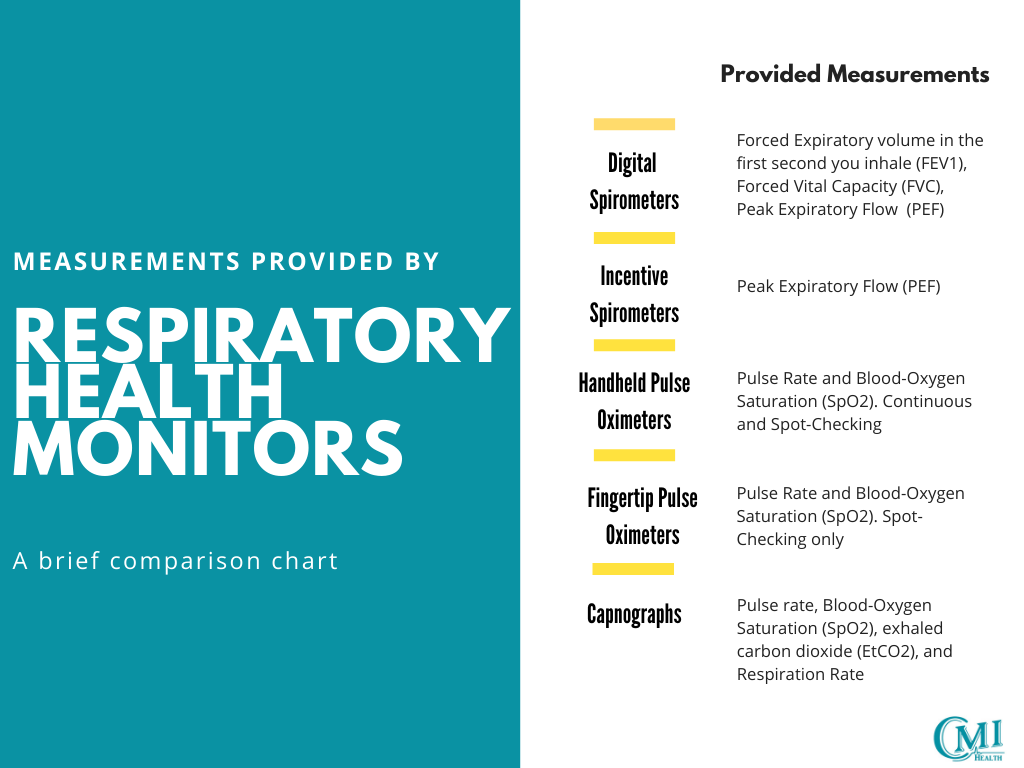
It’s important to note that each device varies in the types of measurements they provide. These devices use a variety of methods to obtain user specific data. Below is a functional breakdown of each device:
Spirometers
Spirometry is a form of pulmonary function test that directly measures lung function. Spirometers obtain their data by measuring the lung function of the user as they exhale or inhale air into a device. Digital spirometers, such as SpiroLink, require users to breath into a mouthpiece for a specified amount of time. This allows the device to measure and analyze your lung capacity and overall function. For reference, we have provided an image below showing what a digital spirometer (in this case the SpiroLink) looks like:

Digital Spirometers are often used to generate reports that can be sent to the user’s phone via Bluetooth pairing with an app. Unlike an incentive Spirometer, peak flow meters measure exhaled air from the lungs. These devices are also capable of measuring PEF (Peak Expiratory Flow Rate) and FEV1 (Forced Expiratory Volume in the first second you exhale). The digital aspect means they are electronically functioning devices that measure exhaled air via an internal turbine system. Such turbine systems can be susceptible to debris and damage, shortening the lifespan of the device. Rather than an internal turbine system, SpiroLink, a clinical grade device, utilizes a pressure sensor that accurately measures data without risk of debris damage.
Digital Spirometers differ from incentive spirometers, simple devices designed to improve lung capacity. Incentive spirometers are handheld medical instruments used to promote lung recovery after illness, infection, or surgery. This is a very basic device (pictured below), which operates via a piston system. Essentially, when the user breathes in, pistons on the inside of the tube will rise, actively measuring the amount of air taken in by the lungs (Healthline, 2020). Inhaled air is the only measurement an incentive spirometer can provide. The purpose in using an incentive spirometer is to promote lung activity and prevent fluid from building up, hindering pneumonia from developing.

Illustration by Diego Sabogal
For a more comprehensive review of Spirometers, click here!
Pulse Oximeters
Pulse oximetry is a noninvasive method for measuring a person’s pulse rate and blood-oxygen saturation (SpO2 percentage). These devices often utilize a finger clip probe to measure the arterial red blood cells (oxygenated blood) to determine the percentage of oxygen present in the user's blood stream. This type of measurement determines how well a person’s lungs are functioning by evaluating the amount of oxygen circulating in the body. Those with lung or cardiac disease may find that their SpO2 levels are lower, indicating a need for medical evaluation and treatment. Such devices are also often used by athletes and musicians who wish to track their pulmonary function overtime. One of the many benefits of a pulse oximeter is its ability to monitor pulse rate as well as pulmonary performance.
Digital Fingertip Pulse Oximeters, such as CMI Health’s PC-60FW, are great for quick spot-checking measurements. These devices are small and portable, and can relay data to an app on the user’s phone via Bluetooth connection.

Digital Handheld Pulse Oximeters, such as CMI Health’s PC-66 series, are capable of both spot-checking and continuous monitoring. Continuous monitoring allows users to measure their SpO2 levels and Pulse rate over long periods of time, alerting them to sudden drops in their blood-oxygen levels or pulse rate. This form of monitoring is especially important for those experiencing medical conditions like sleep apnea, a disease resulting in unexpected episodes of limited or no breathing. Parents with young infants also use such devices to monitor their child during sleep. Tracking these lung health parameters can result in an early warning for more serious health problems.

An important feature of the digital handheld pulse oximeters is their ability to record data that can then be downloaded by the user. Such data can be shared with family members or medical professionals who can provide further insight regarding the user’s overall lung health.
For more information on pulse oximetry, click here!
Capnographs
Capnography is another form of noninvasive measurement that provides the user with lung performance data during inspiration and expiration overtime (Physiopedia, 2021). Capnographs are unique in their ability to measure End tidal CO2 (EtCO2), the maximum partial pressure of CO2 that occurs at the end of exhalation (Physiopedia, 2021).

Many capnographs, including CMI Health’s PC-900B, are also able to provide the user with several other measurements including pulse rate, respiration rate, and oxygen saturation (SpO2 percentage). These devices can provide data continuously and are often used by medical professionals in a variety of fields (hospital physicians, clinics, EMTs, etc.).
Unlike the other devices mentioned so far, Capnographs are not available to the general public without a prescription and are generally far more expensive. This makes them the least ideal medical instrument for at-home monitoring.
Still have question? Feel free to contact us at info@cmihealth.com or at our customer service hotline (888-985-1125 ext.1)


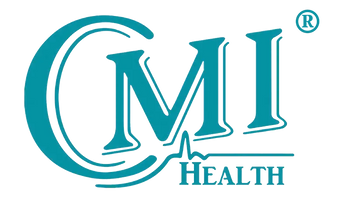

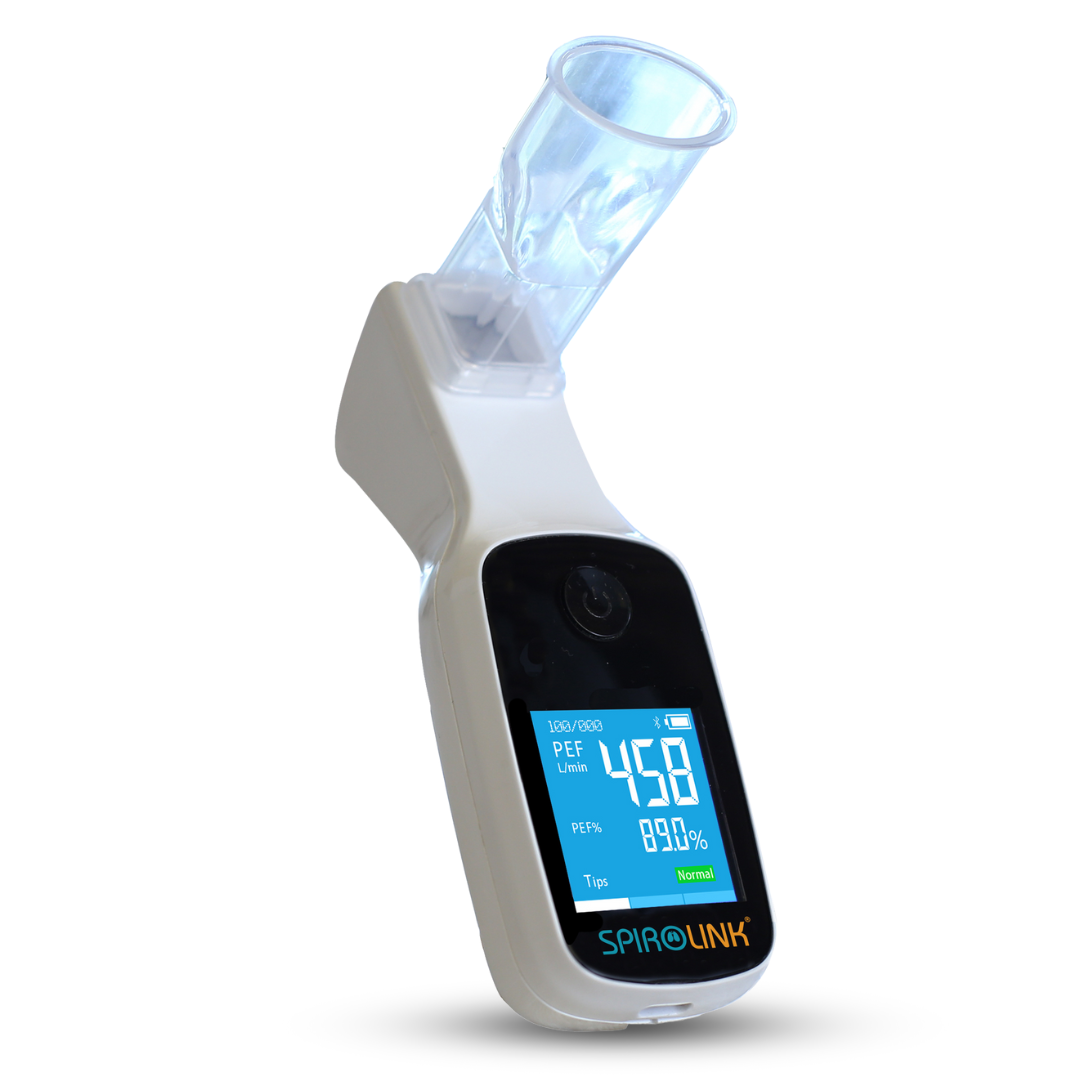
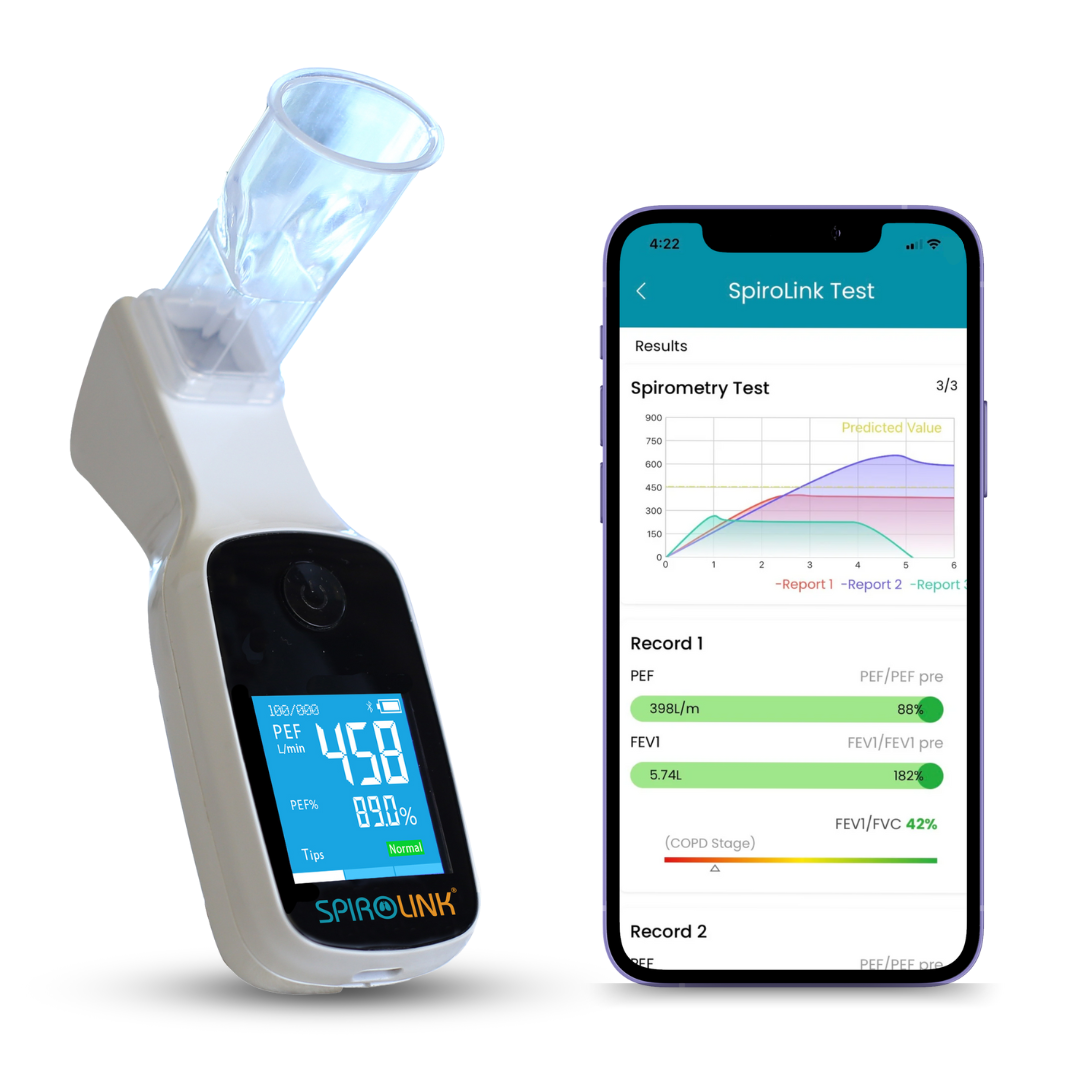
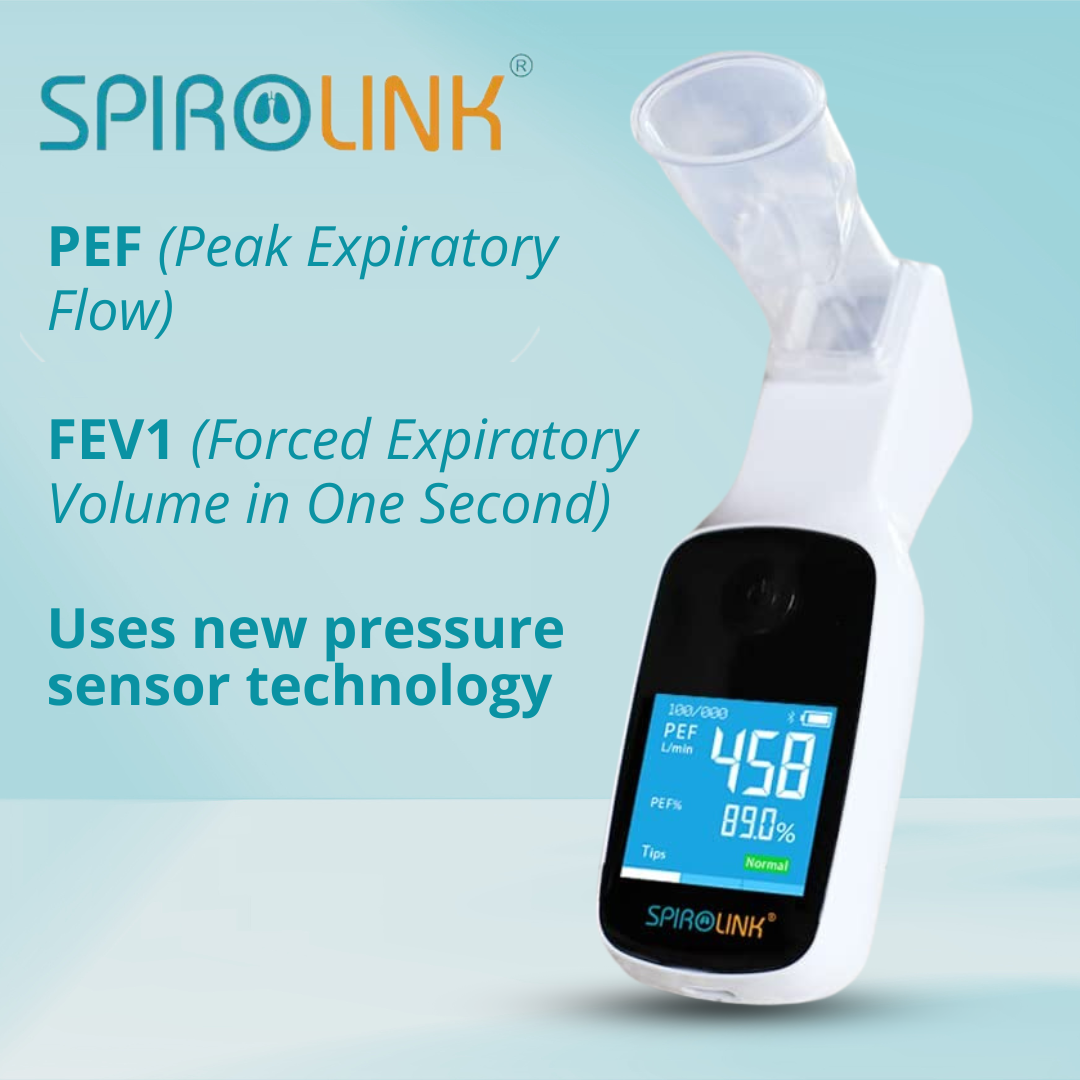
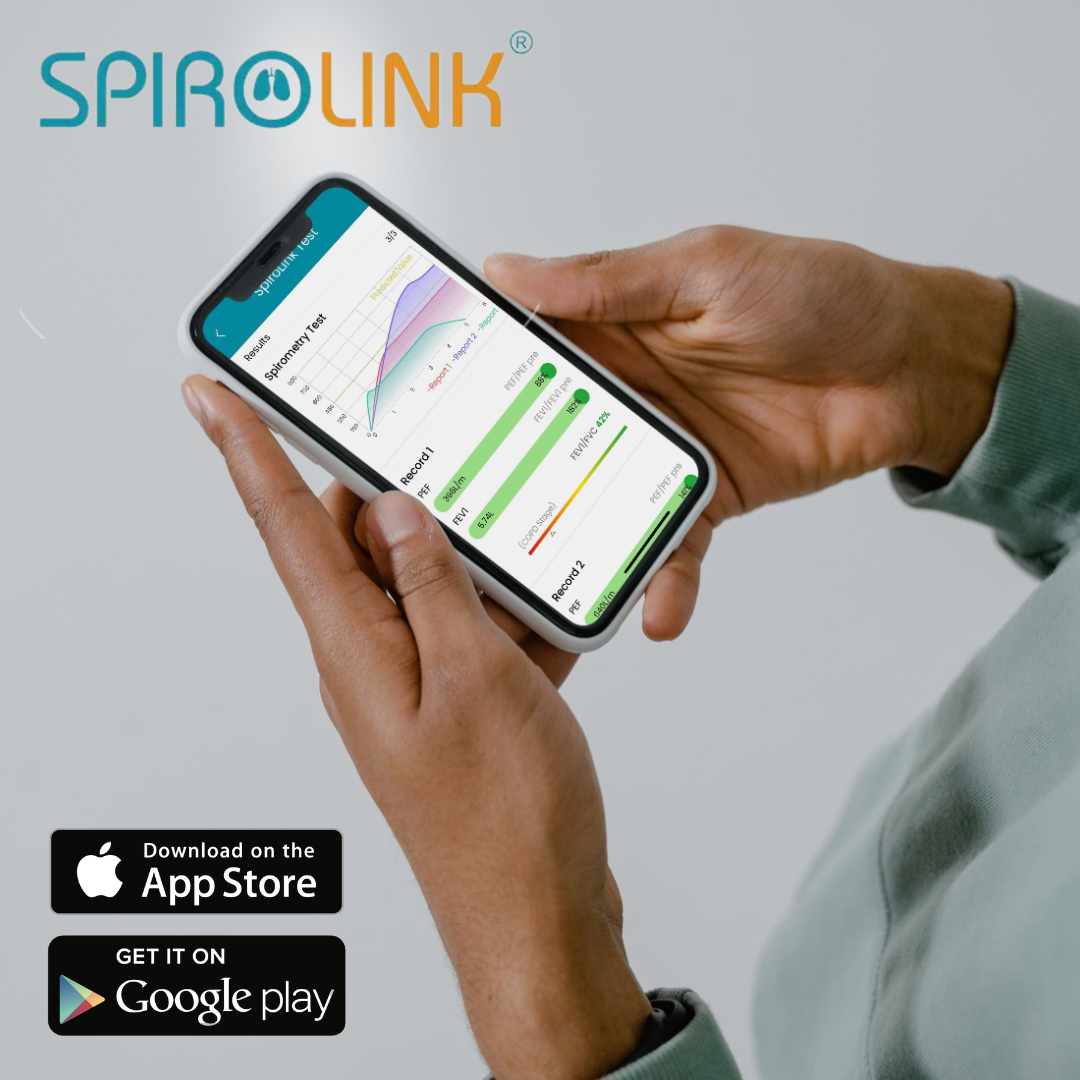
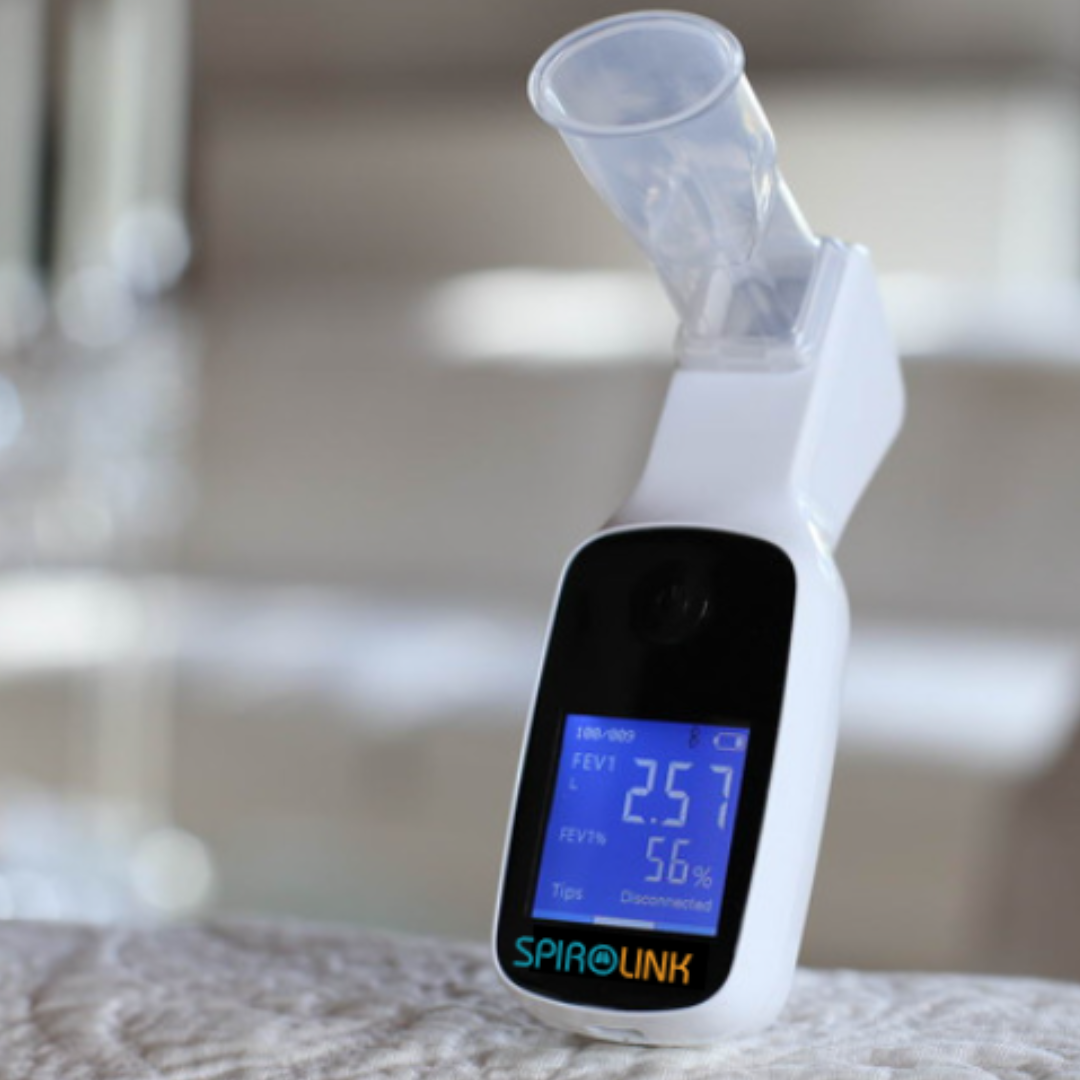
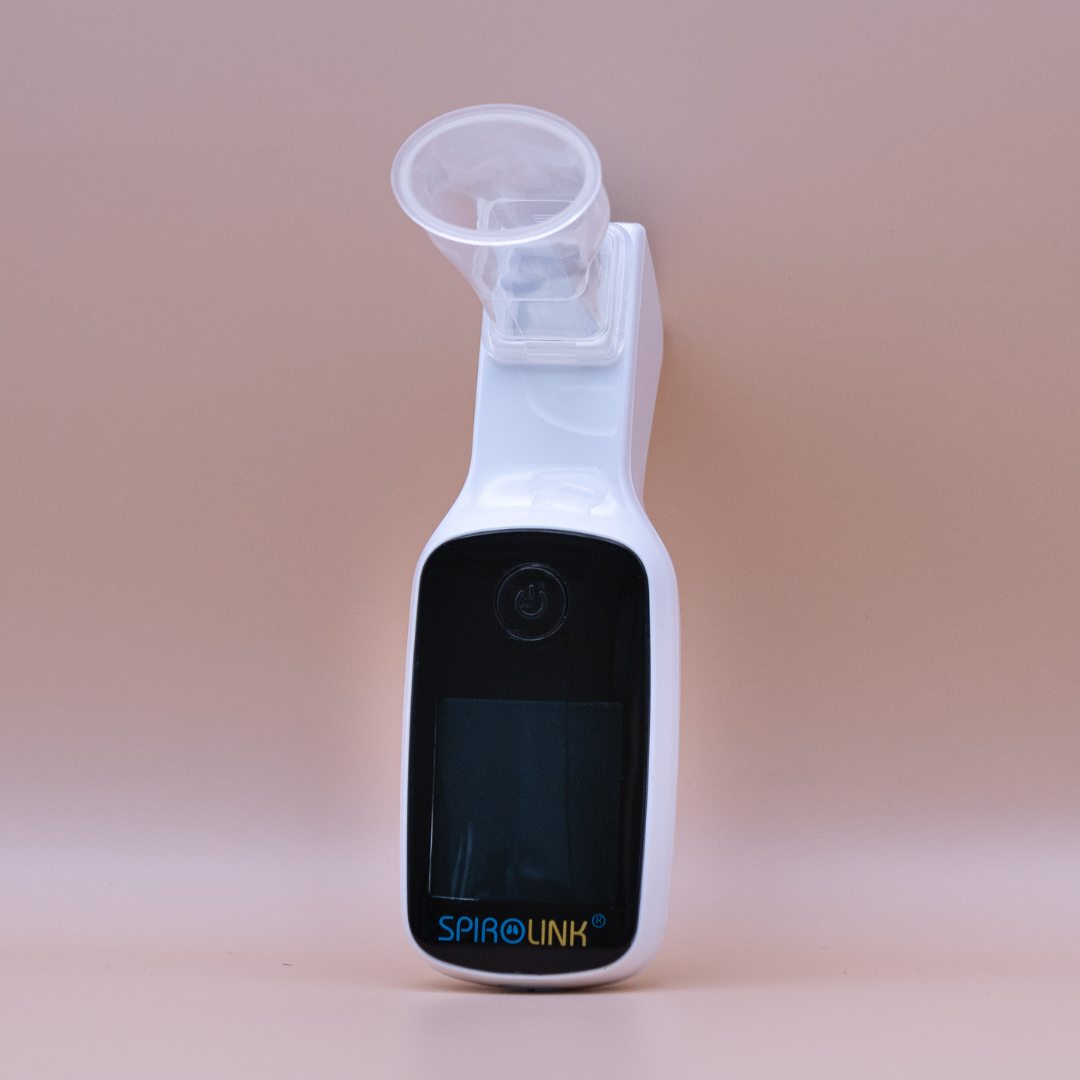
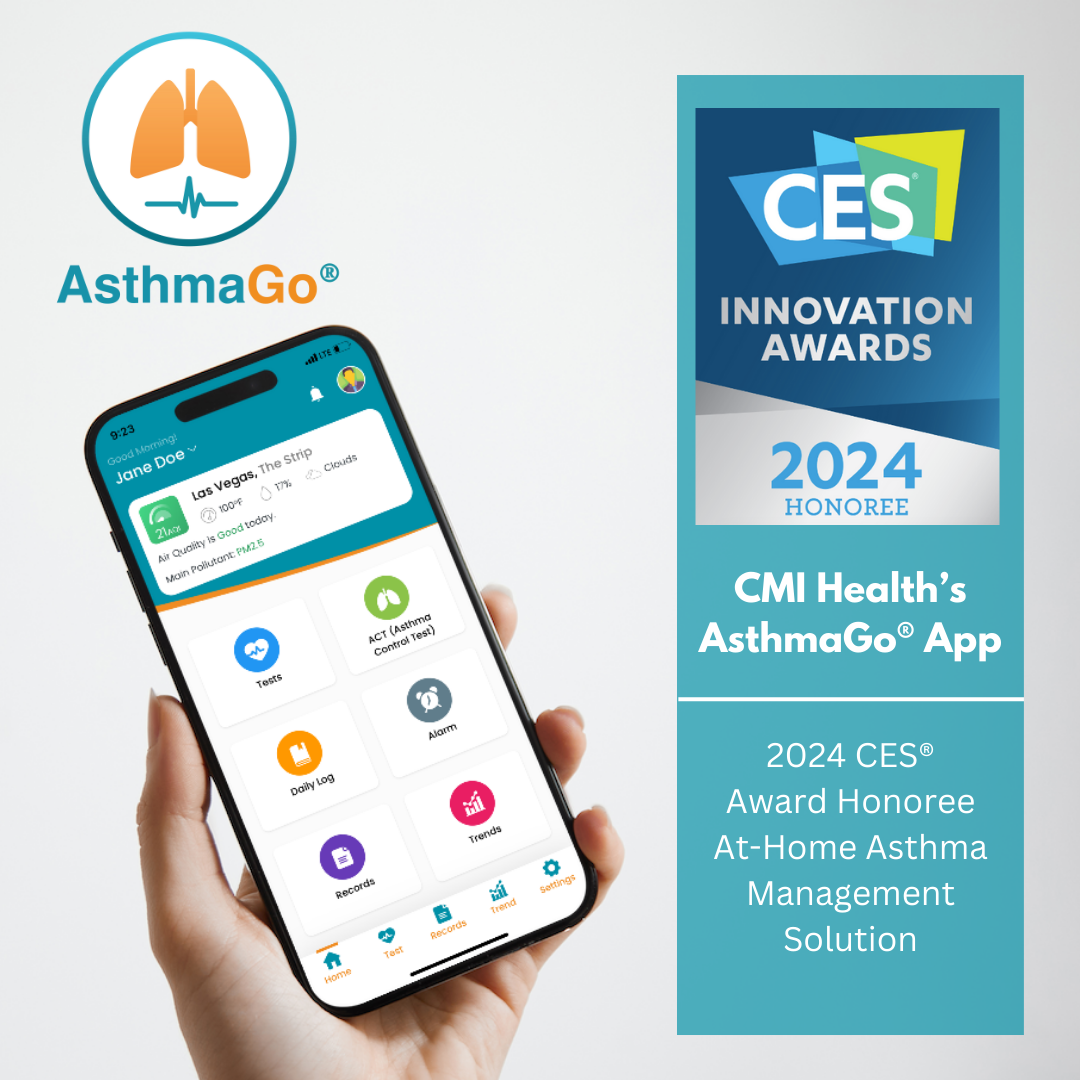
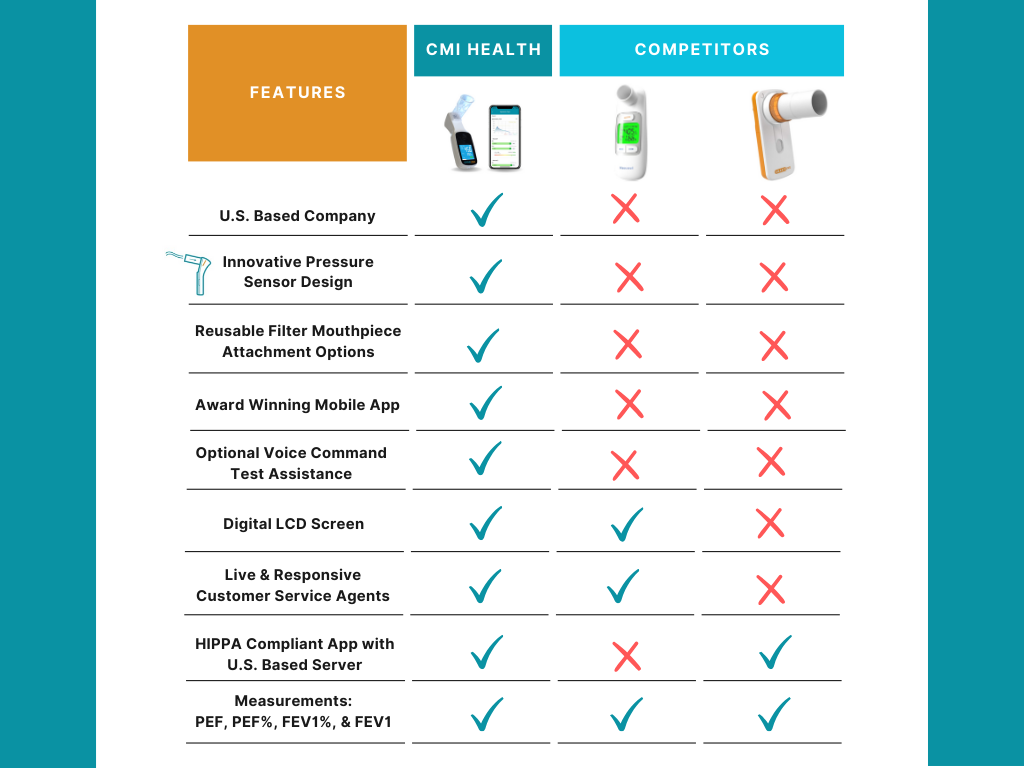
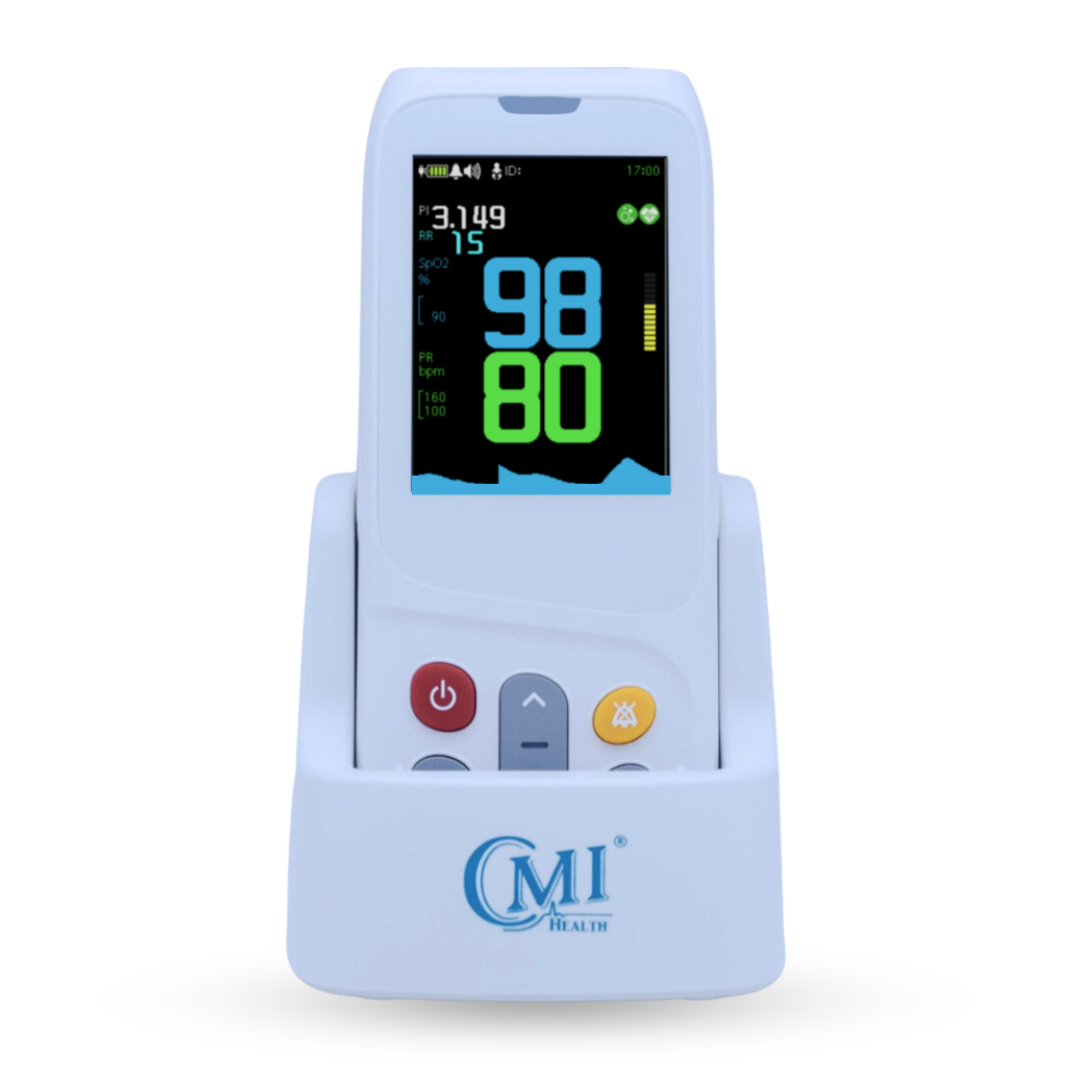
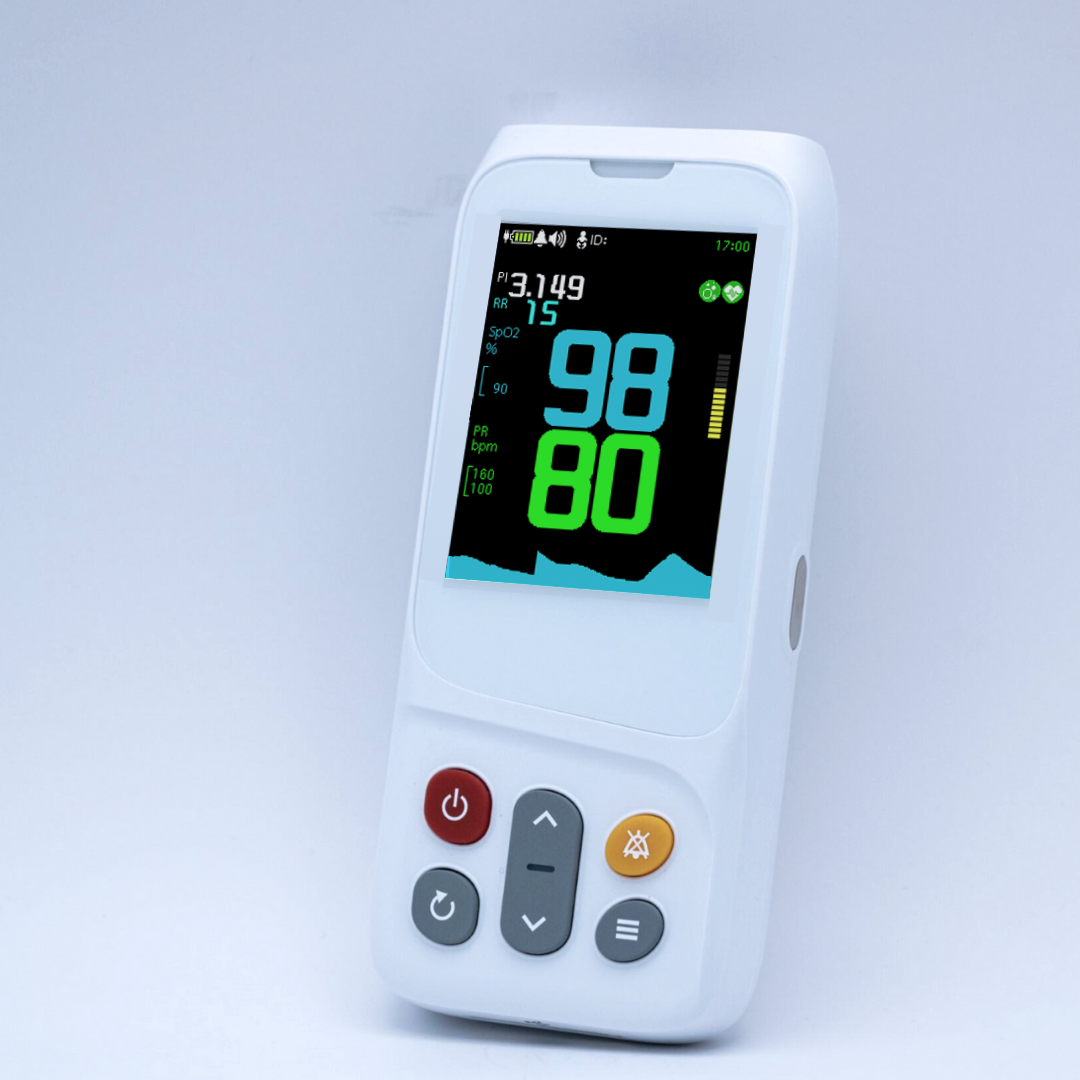
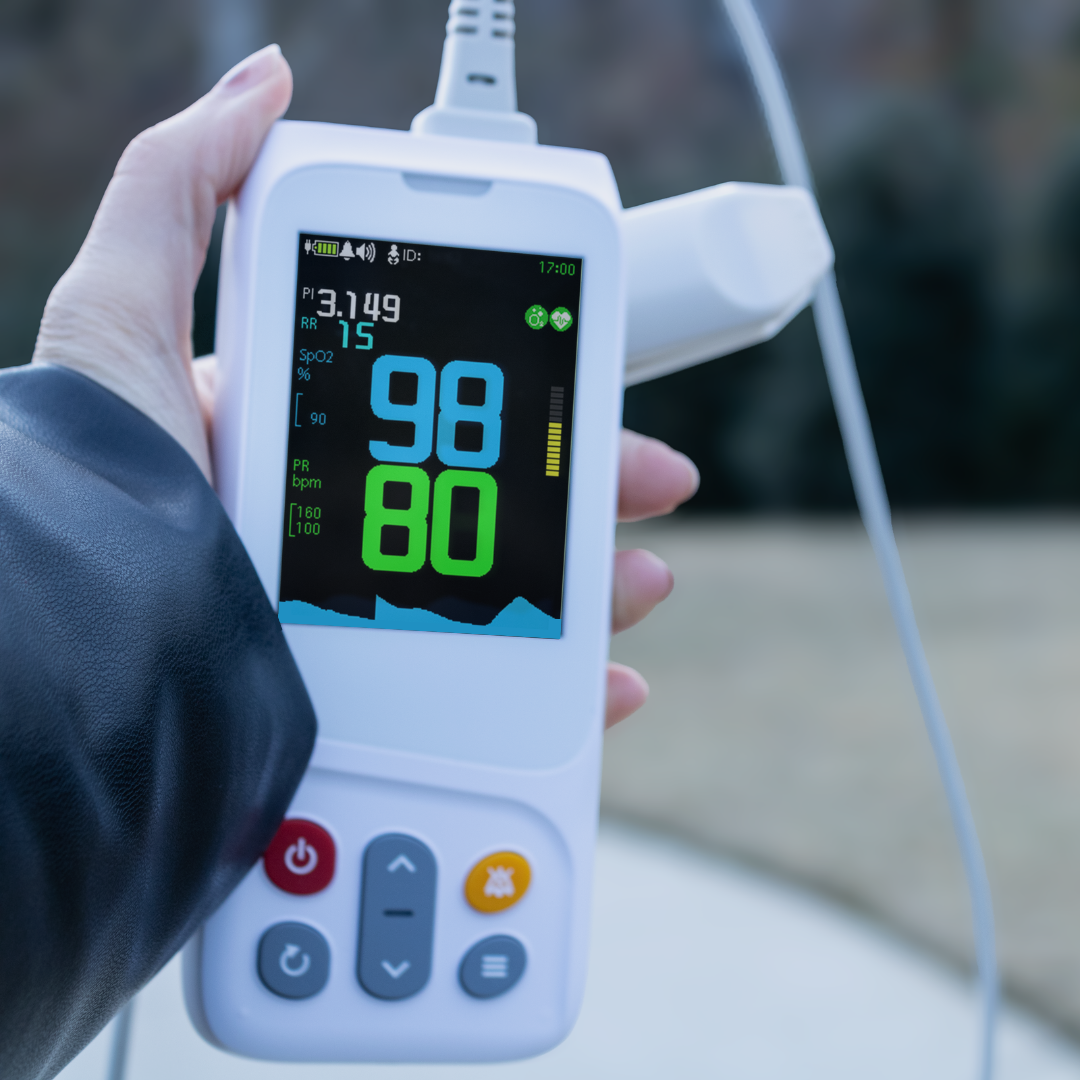
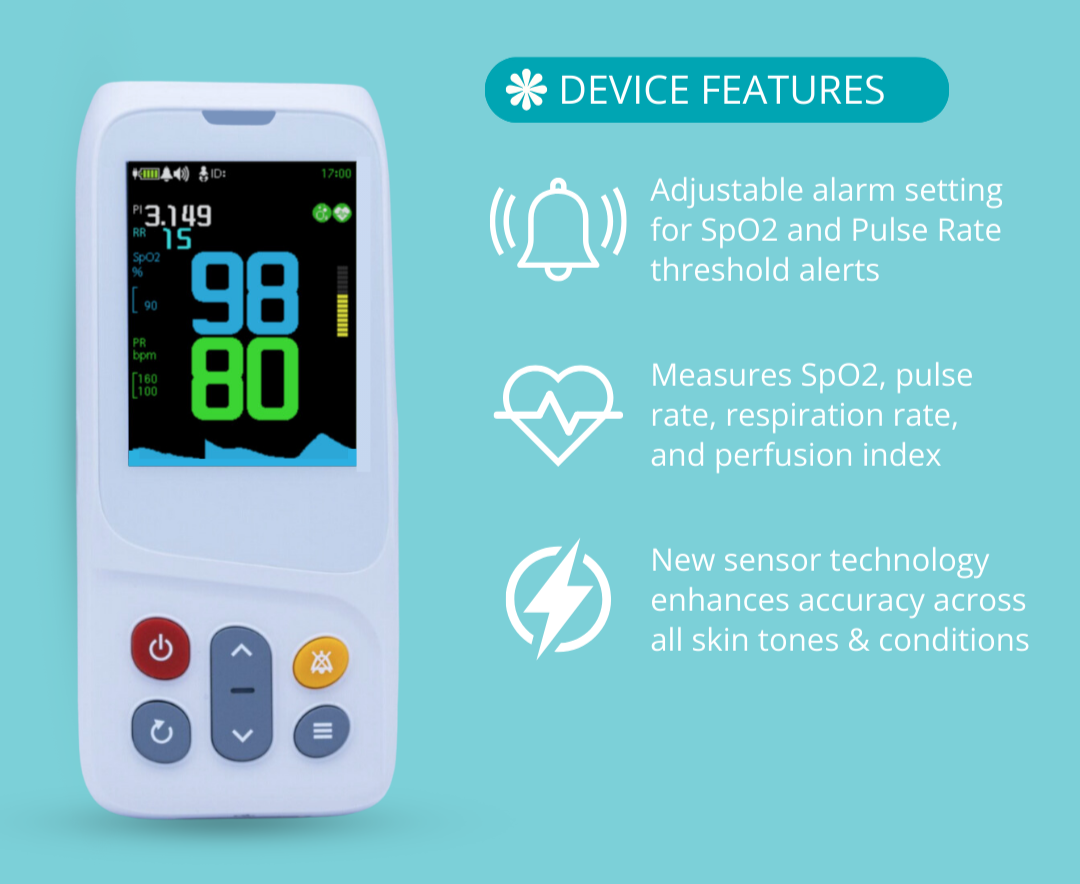
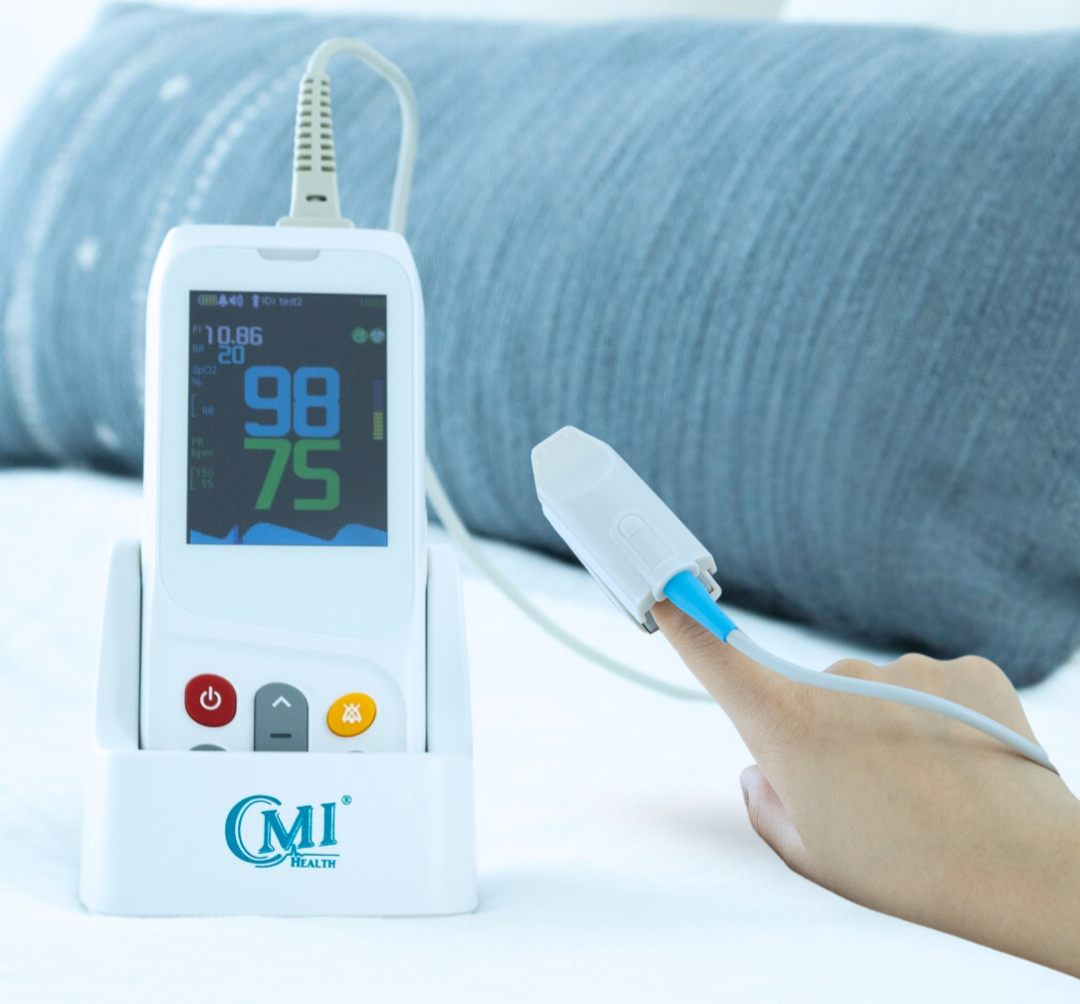
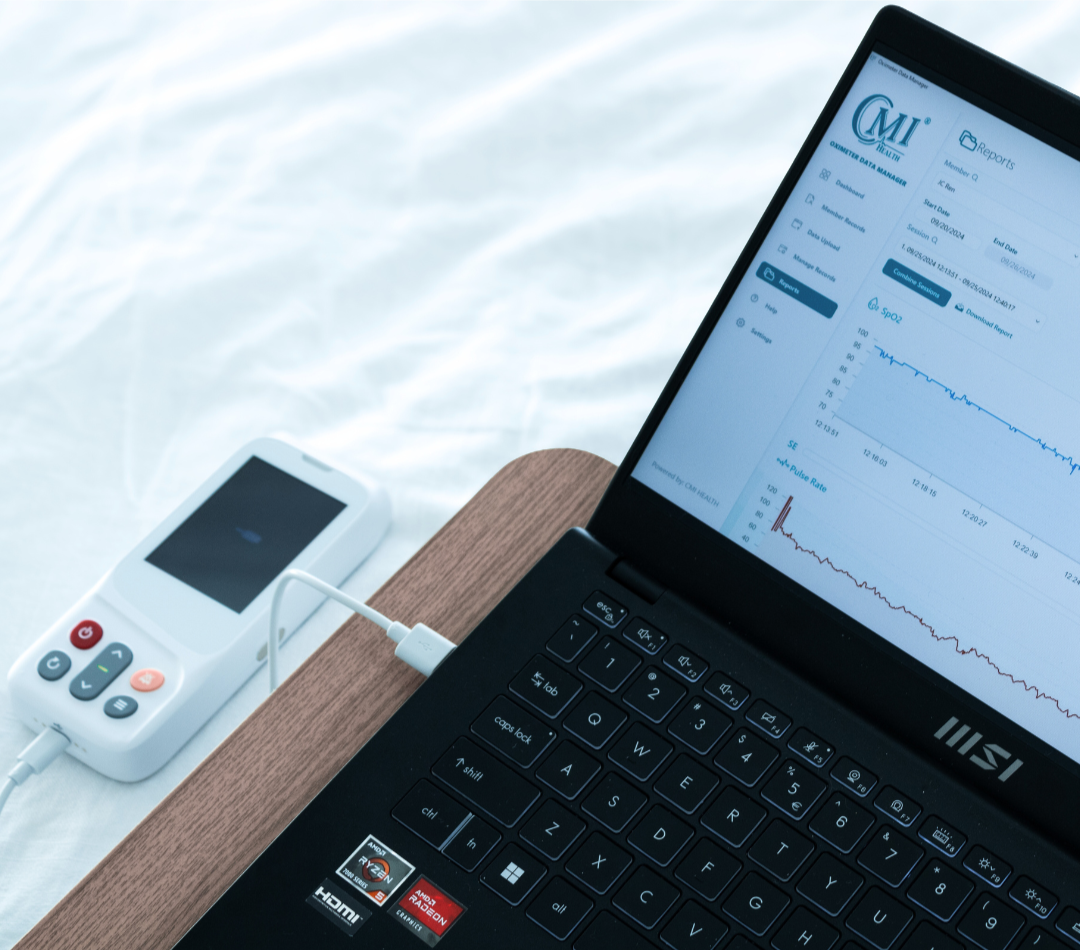
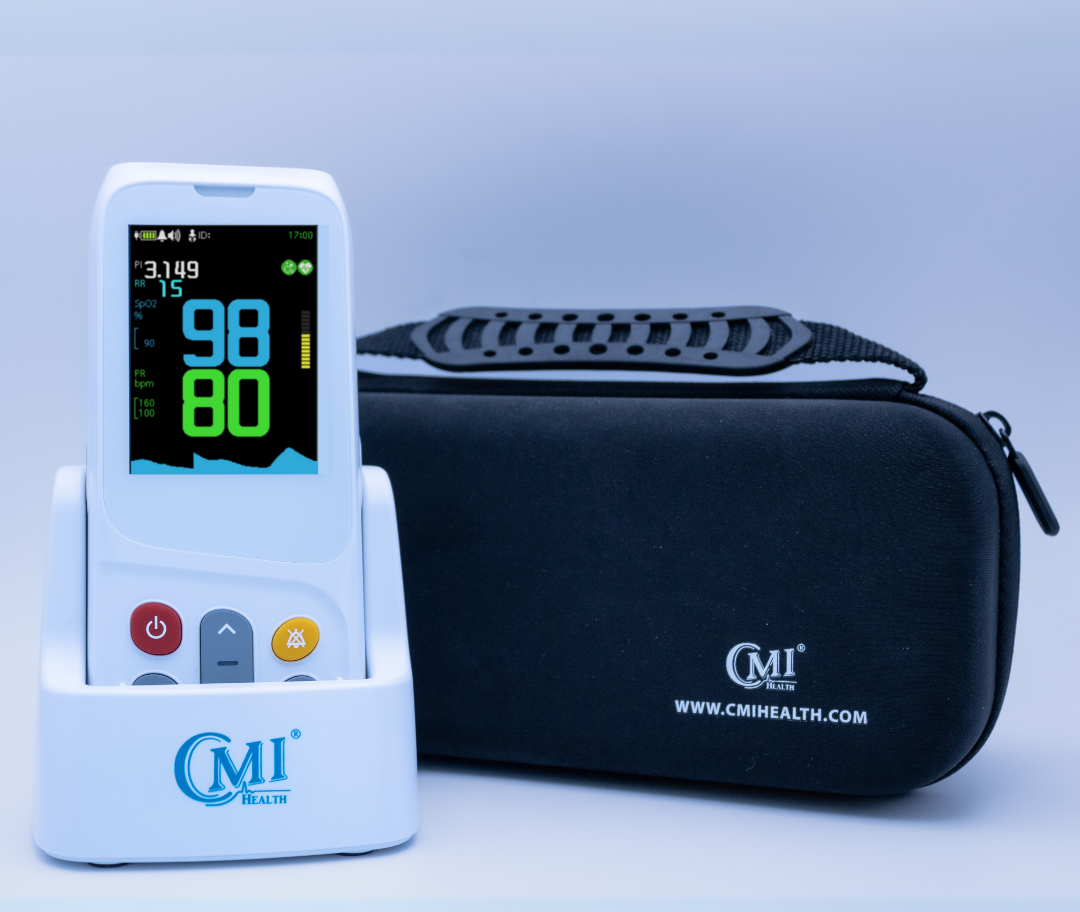
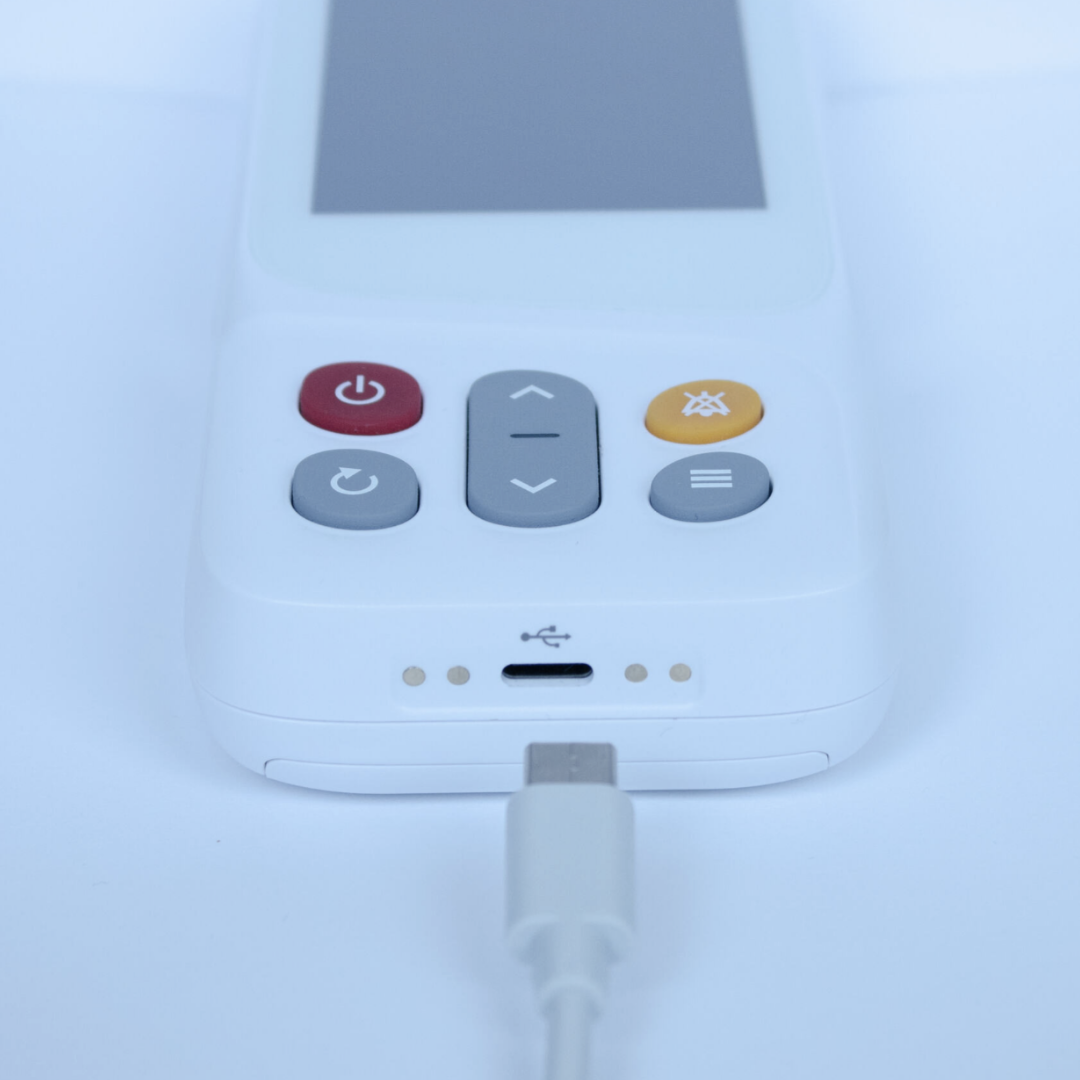
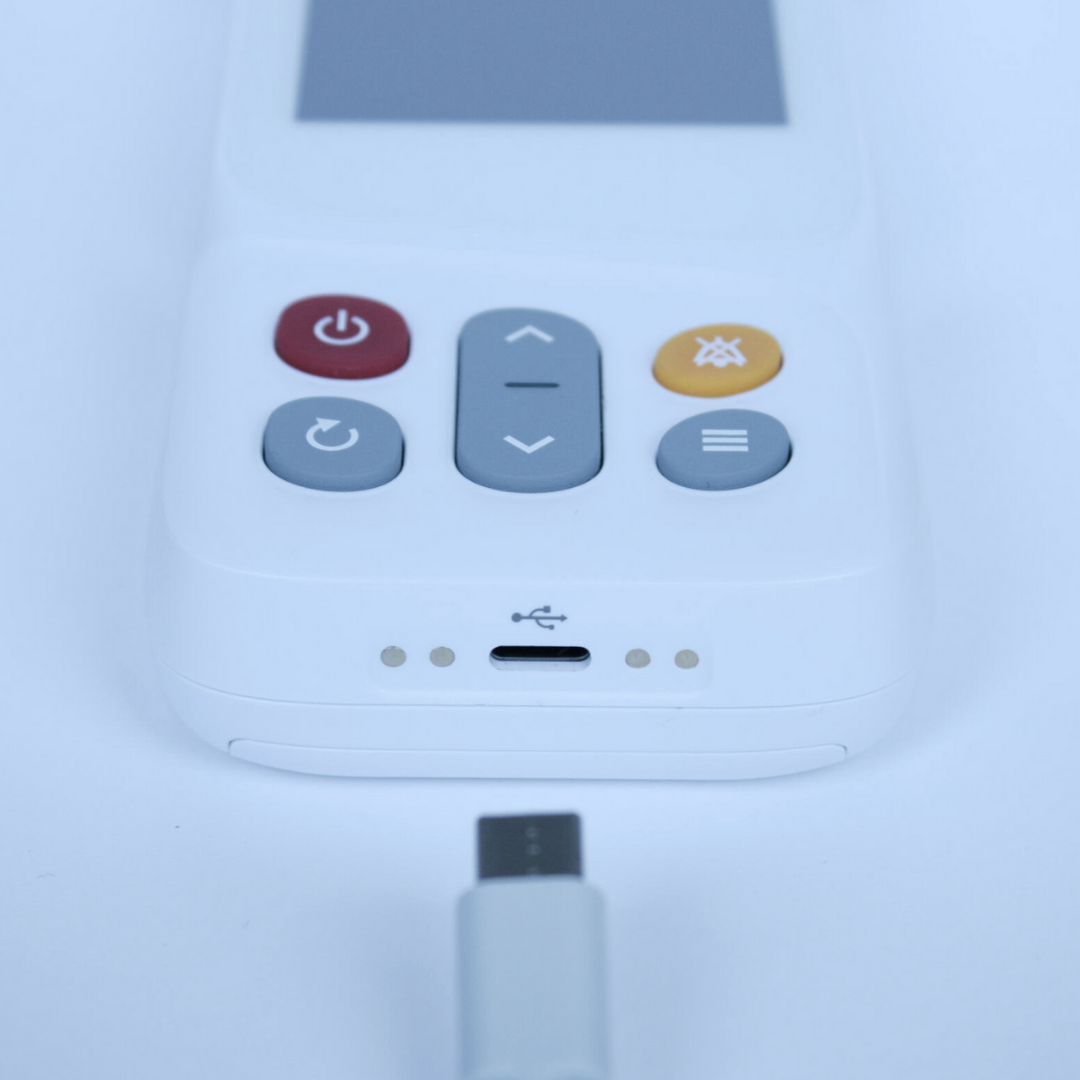
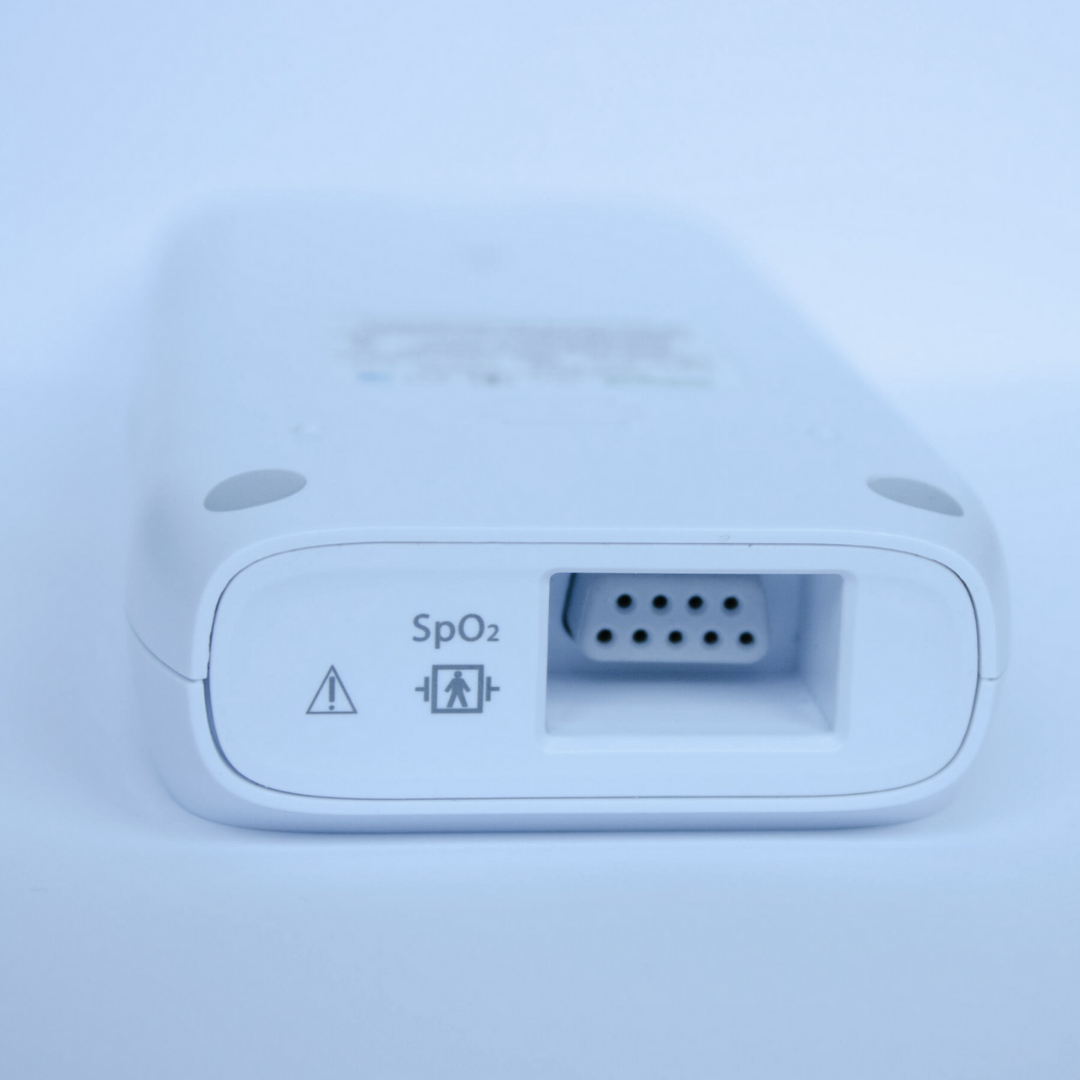
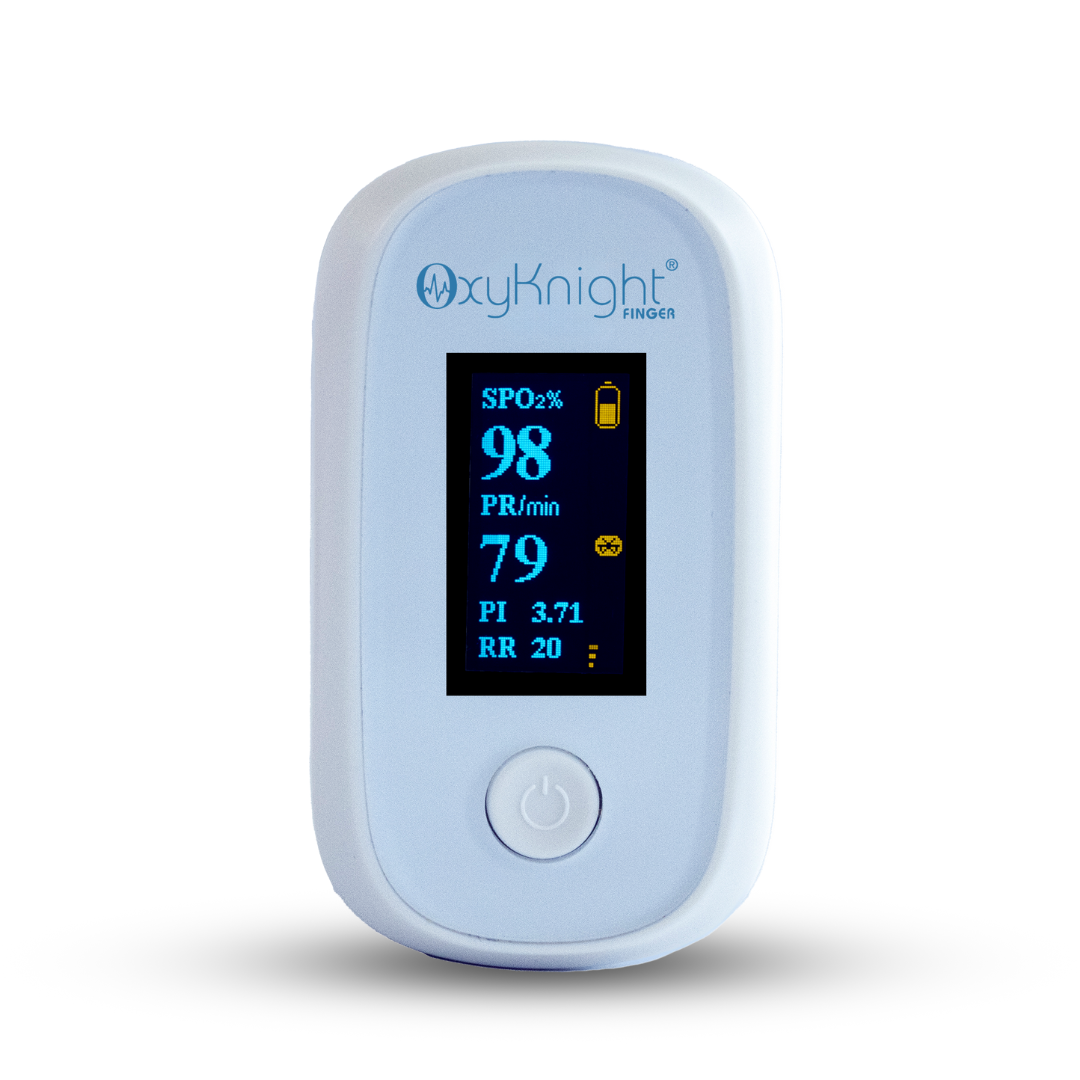
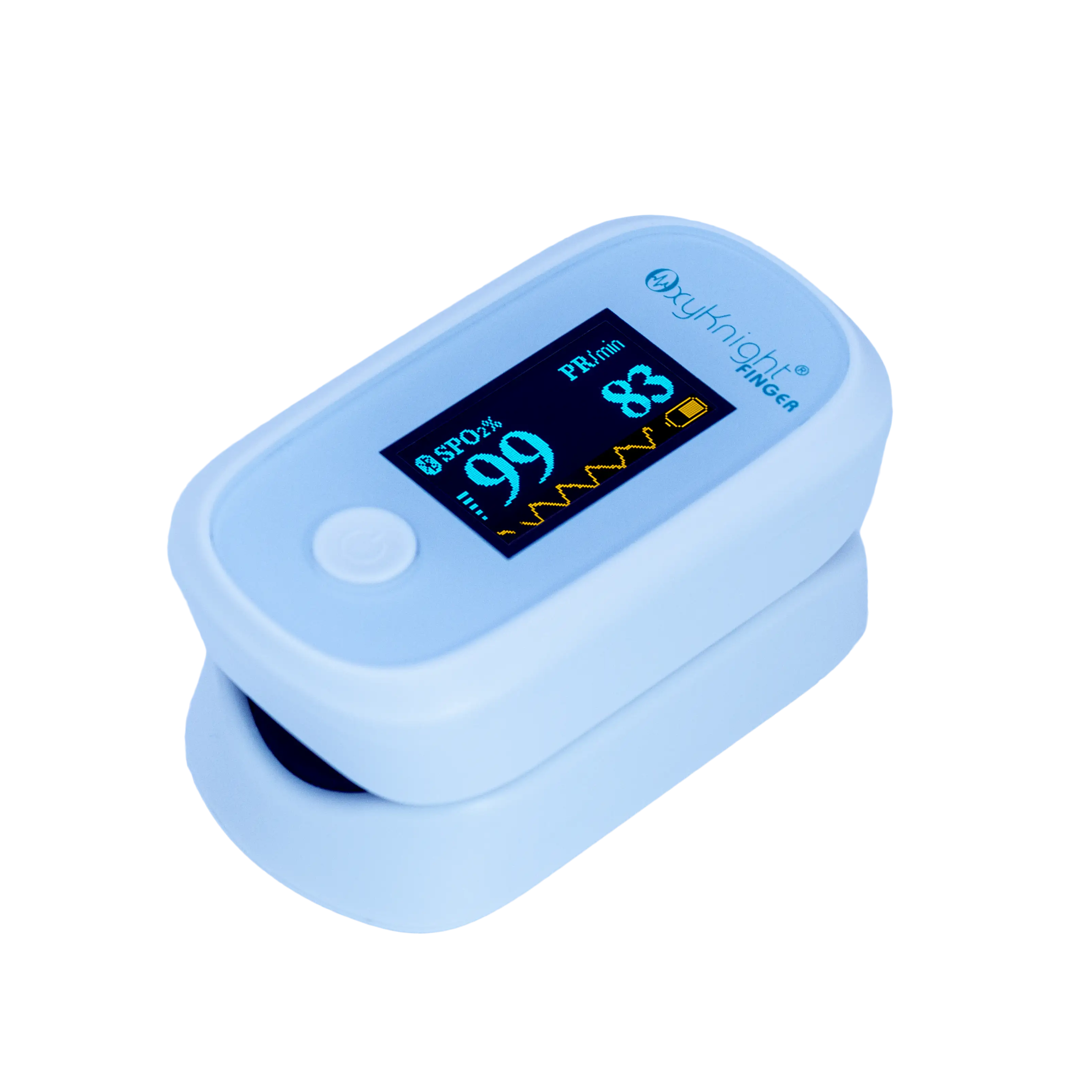
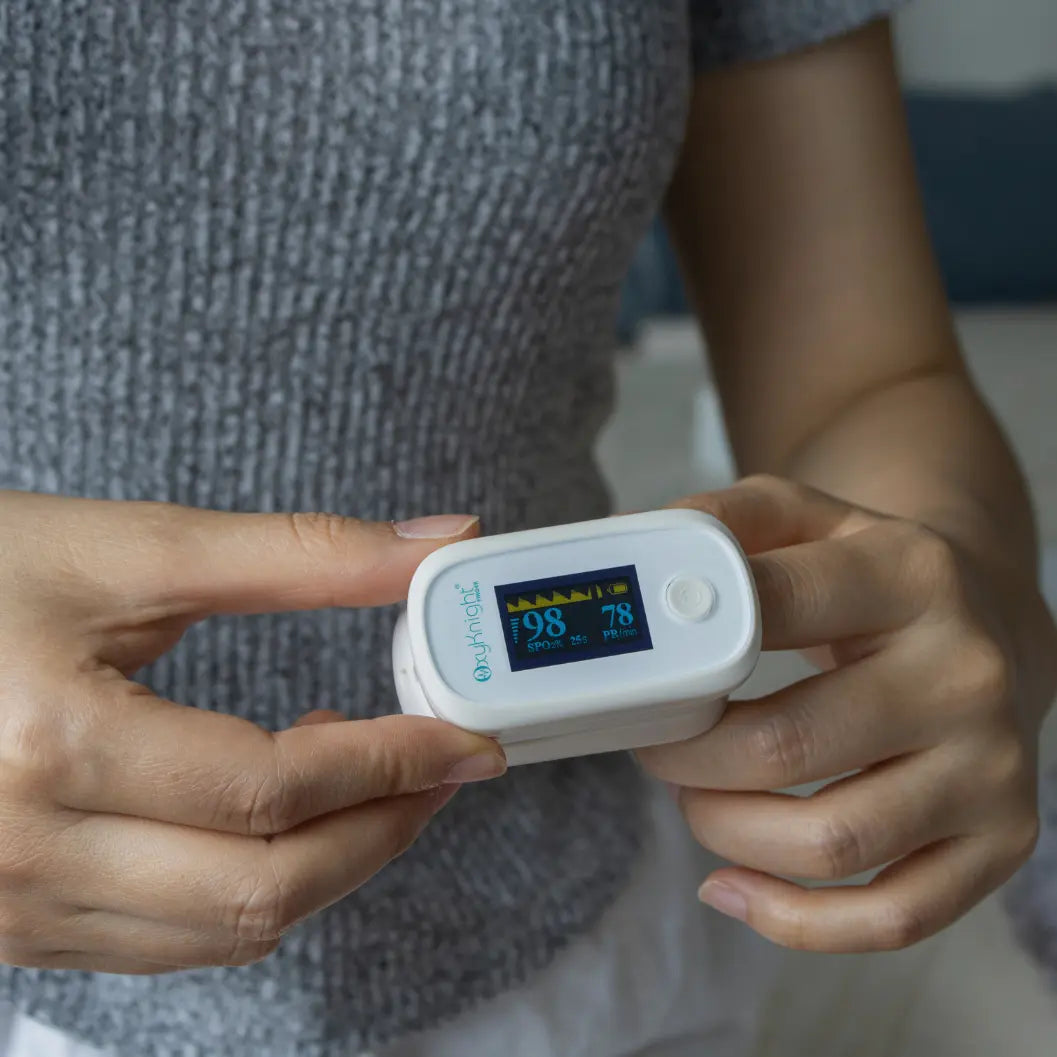
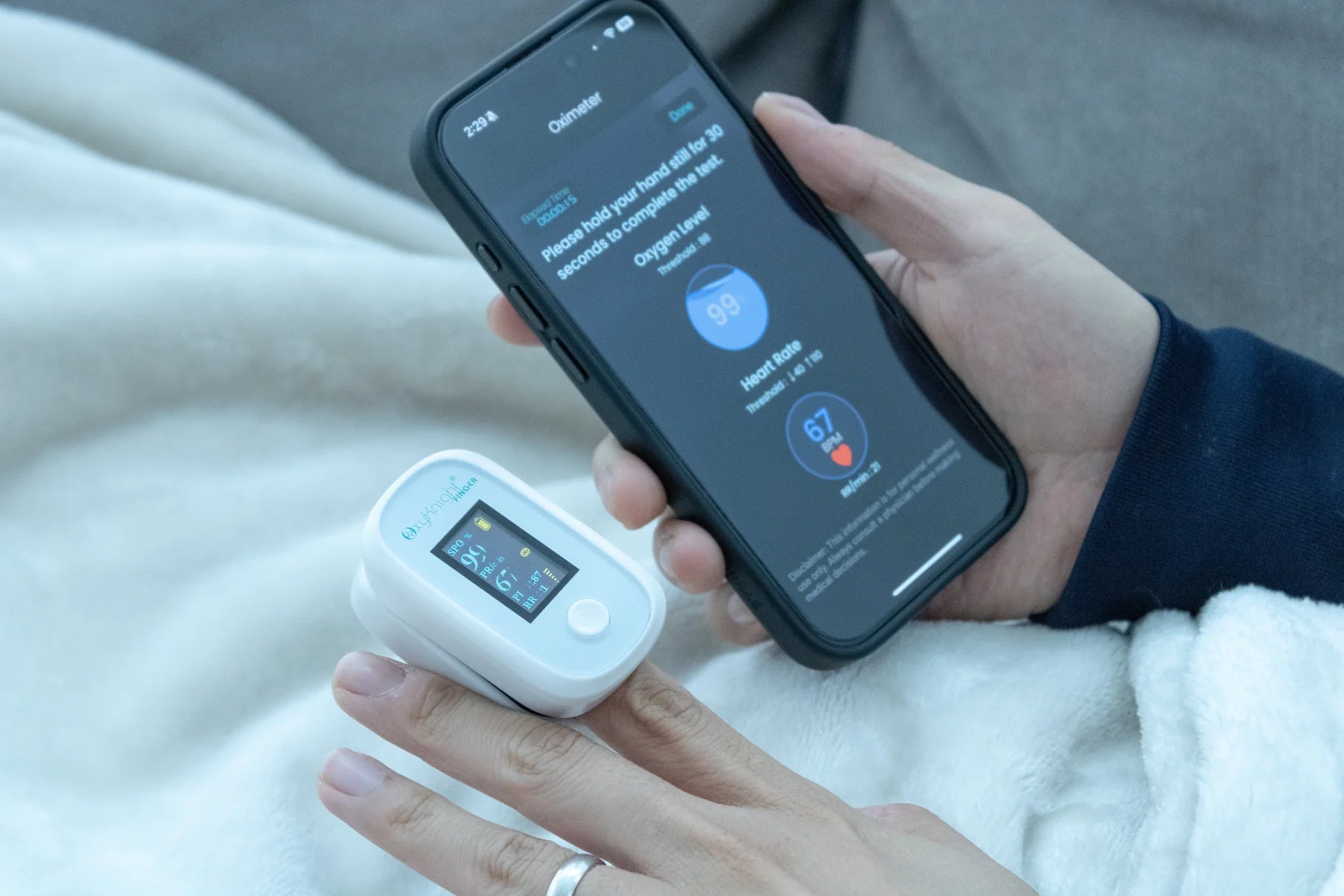
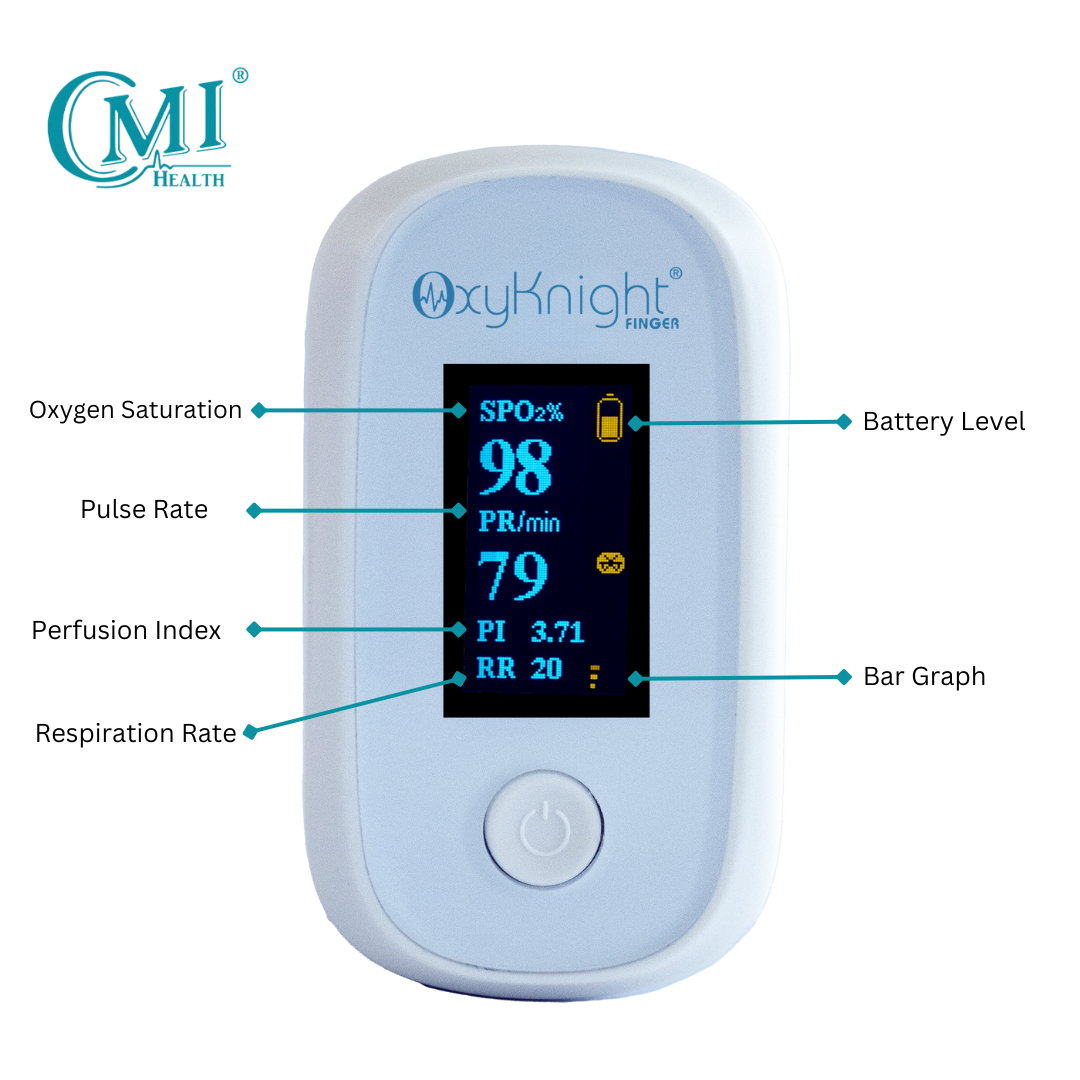
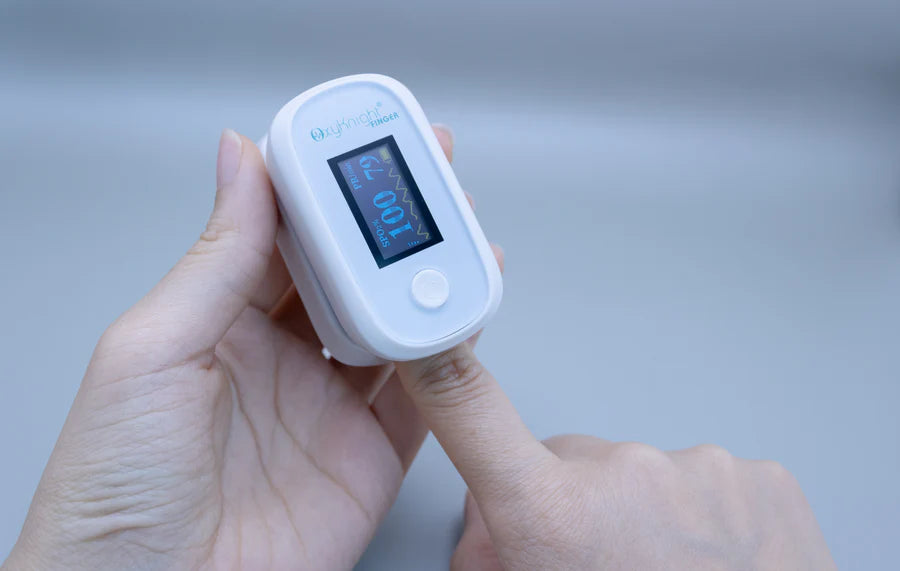
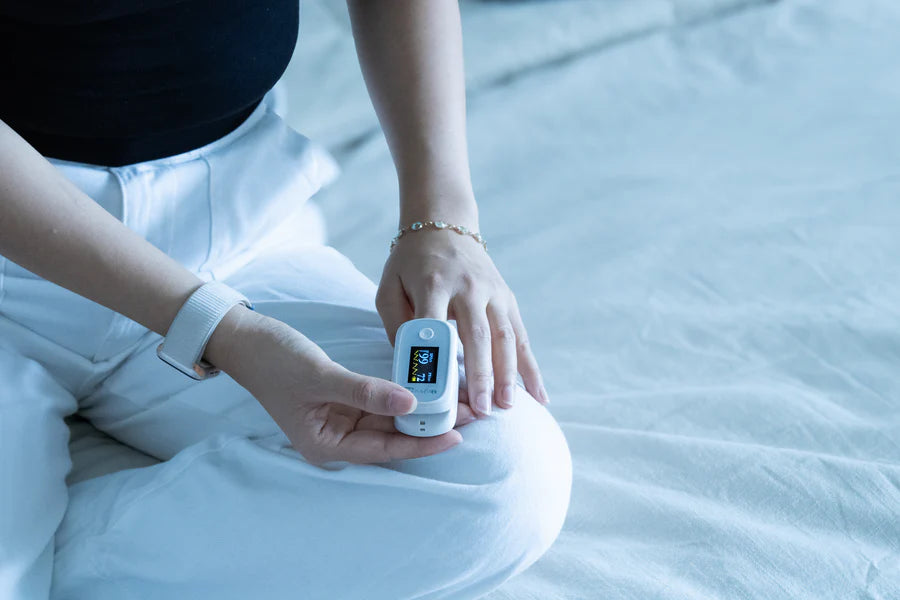
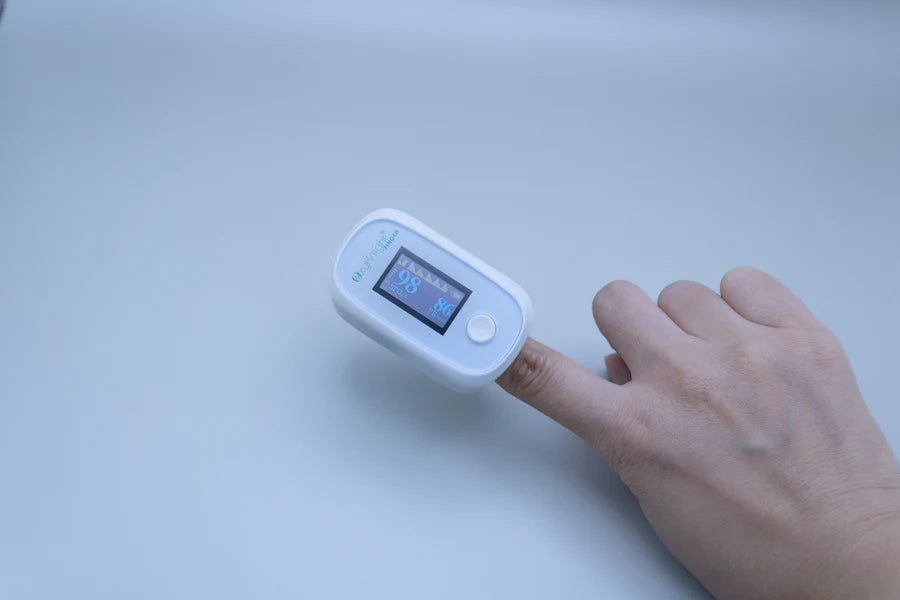
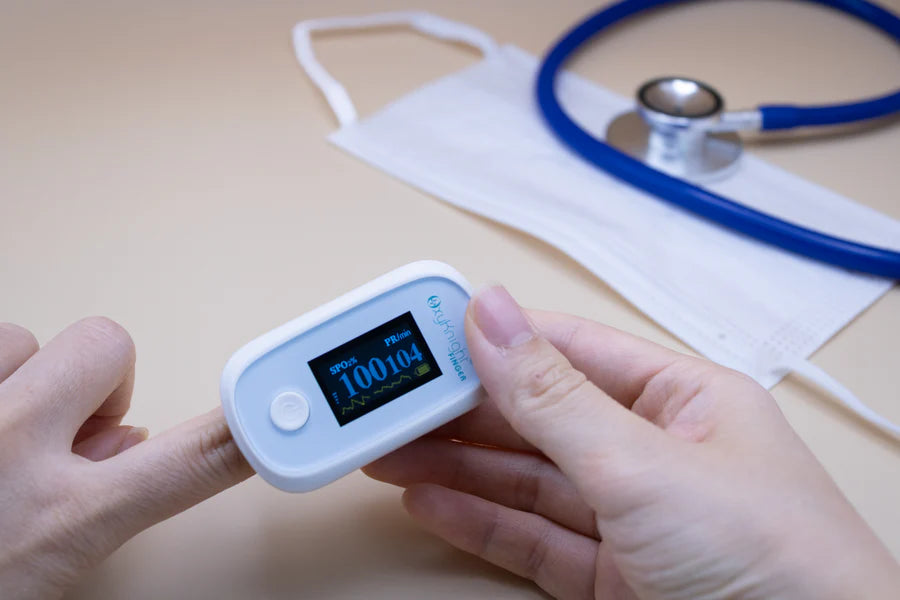
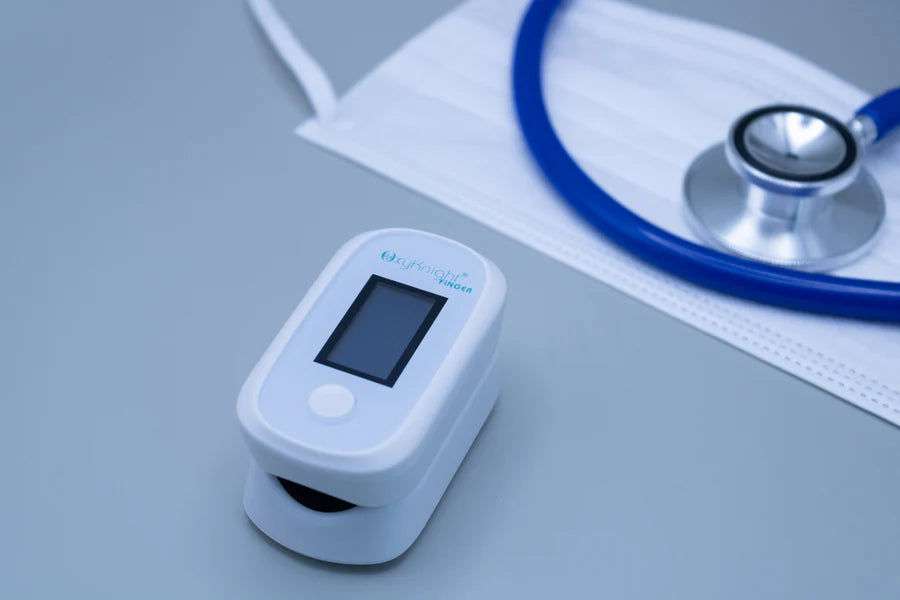

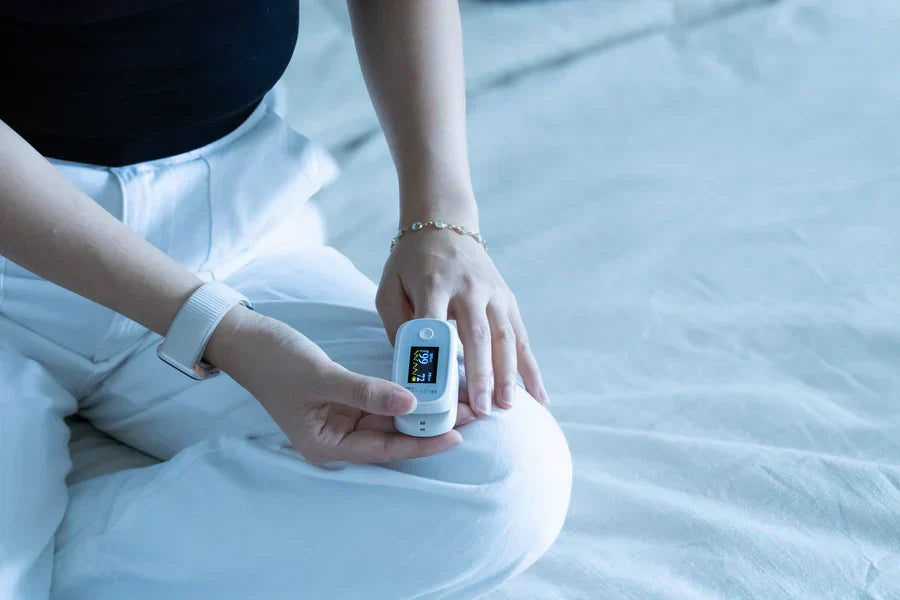
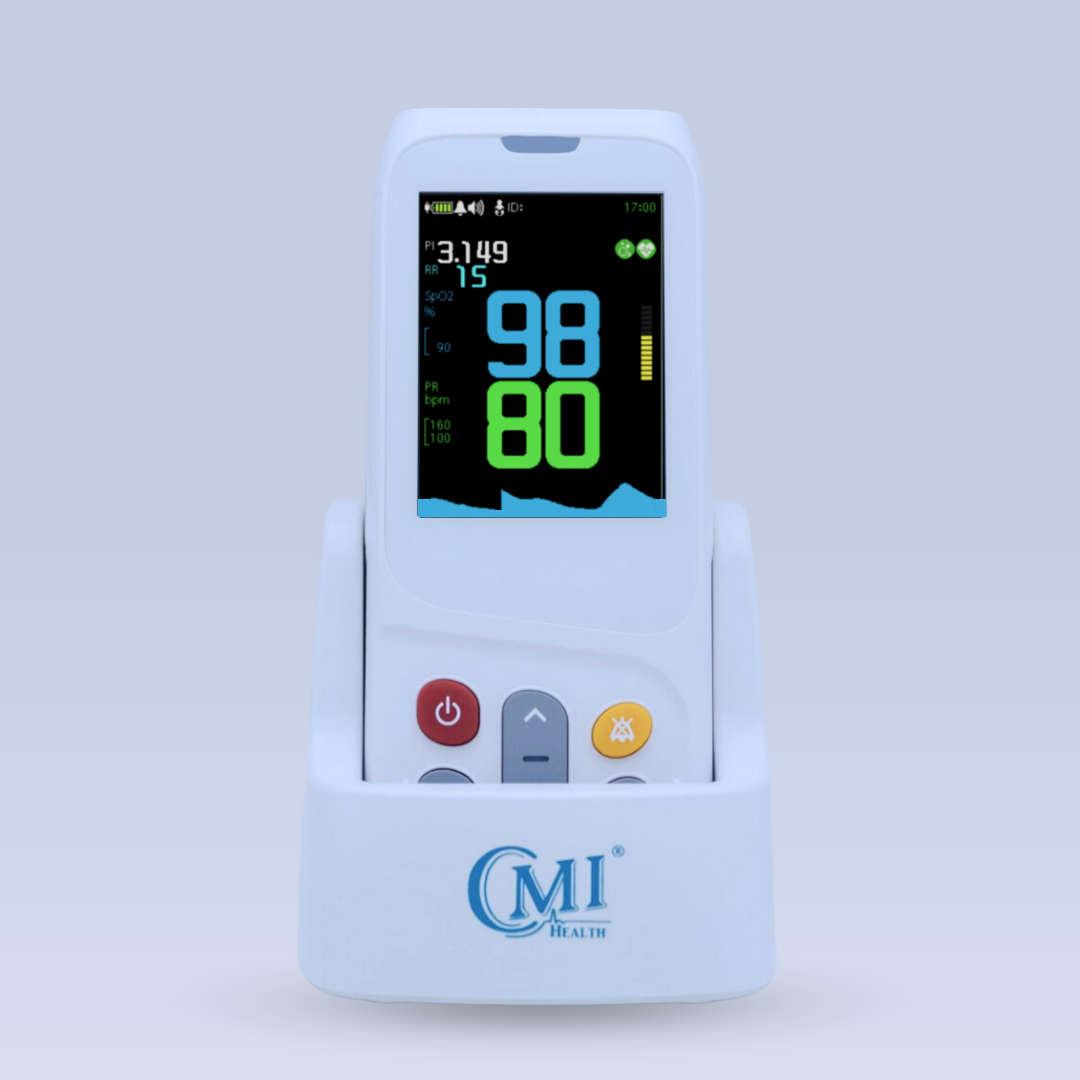
Leave a comment